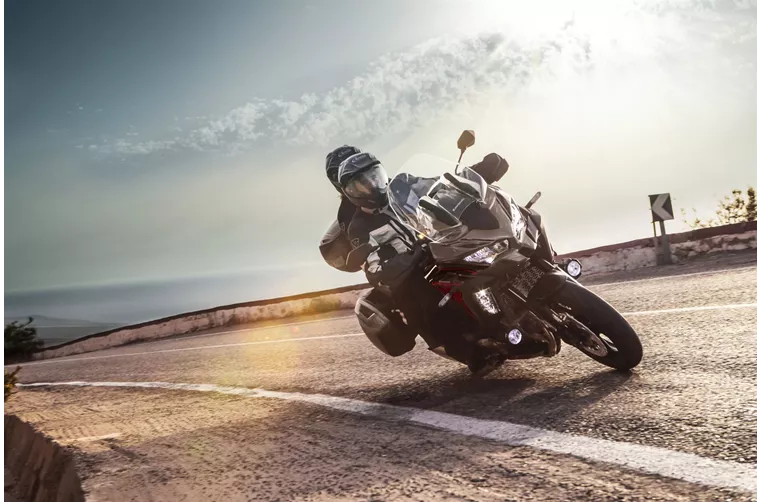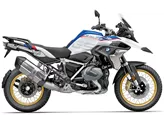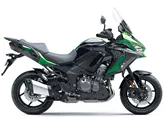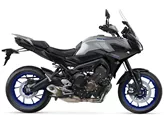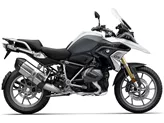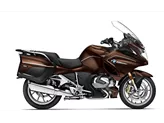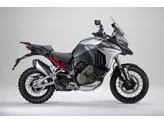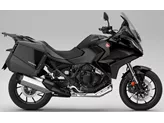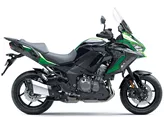BMW R 1200 GS 2015 vs. Kawasaki Versys 1000 S 2021

BMW R 1200 GS 2015
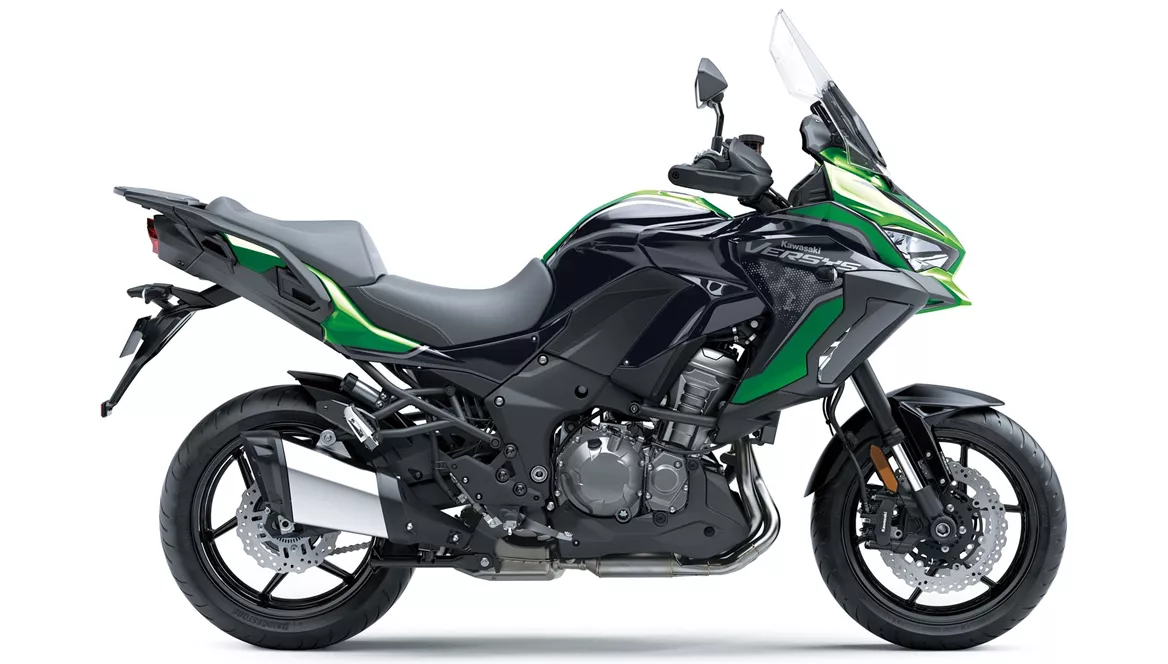
Kawasaki Versys 1000 S 2021
Pregled - BMW R 1200 GS 2015 vs Kawasaki Versys 1000 S 2021
The BMW R 1200 GS 2015 and the Kawasaki Versys 1000 S 2021 are both popular enduro motorcycles with their own unique features and specifications.
Starting with the engine and drive train, the BMW R 1200 GS 2015 is equipped with a Boxer engine, while the Kawasaki Versys 1000 S 2021 has an in-line four-cylinder engine. The BMW has a larger displacement of 1170ccm compared to the Kawasaki's 1043ccm. In terms of power, the BMW offers 125 HP, while the Kawasaki provides 120 HP. The torque output of the BMW is 125 Nm, while the Kawasaki generates 102 Nm of torque. Both motorcycles have different transmission systems, with the BMW using a prop shaft and the Kawasaki utilizing a chain.
In terms of suspension, the BMW R 1200 GS 2015 features a strut front suspension with preload adjustment, while the Kawasaki Versys 1000 S 2021 is equipped with an upside-down telescopic fork front suspension with compression, preload, and rebound adjustment. For the rear suspension, the BMW has a single swing arm with preload adjustment, while the Kawasaki has a swing arm suspension with compression, preload, and rebound adjustment.

BMW R 1200 GS 2015
Moving on to the chassis, the BMW R 1200 GS 2015 has a steel frame, while the Kawasaki Versys 1000 S 2021 features an aluminum frame. This difference in frame material can affect the overall weight and handling of the motorcycles.
In terms of braking, both motorcycles have double disk brakes at the front. The BMW R 1200 GS 2015 has a sharp braking system, which may require some getting used to. The Kawasaki Versys 1000 S 2021, on the other hand, is praised for its well-controllable braking system.
In terms of dimensions and weights, the BMW R 1200 GS 2015 has a front tire diameter of 19 inches, a rear tire width of 170 mm, and a rear tire diameter of 17 inches. The Kawasaki Versys 1000 S 2021 has a front tire diameter of 17 inches and a rear tire width of 180 mm and a rear tire diameter of 17 inches. The wheelbase of the BMW is 1507 mm, while the Kawasaki has a slightly longer wheelbase of 1520 mm. The seat height of the BMW is 850 mm, while the Kawasaki offers a slightly lower seat height of 840 mm. The kerb weight of the BMW with ABS is 238 kg, while the Kawasaki weighs 257 kg with ABS. Both motorcycles have a fuel tank capacity of around 20-21 liters.
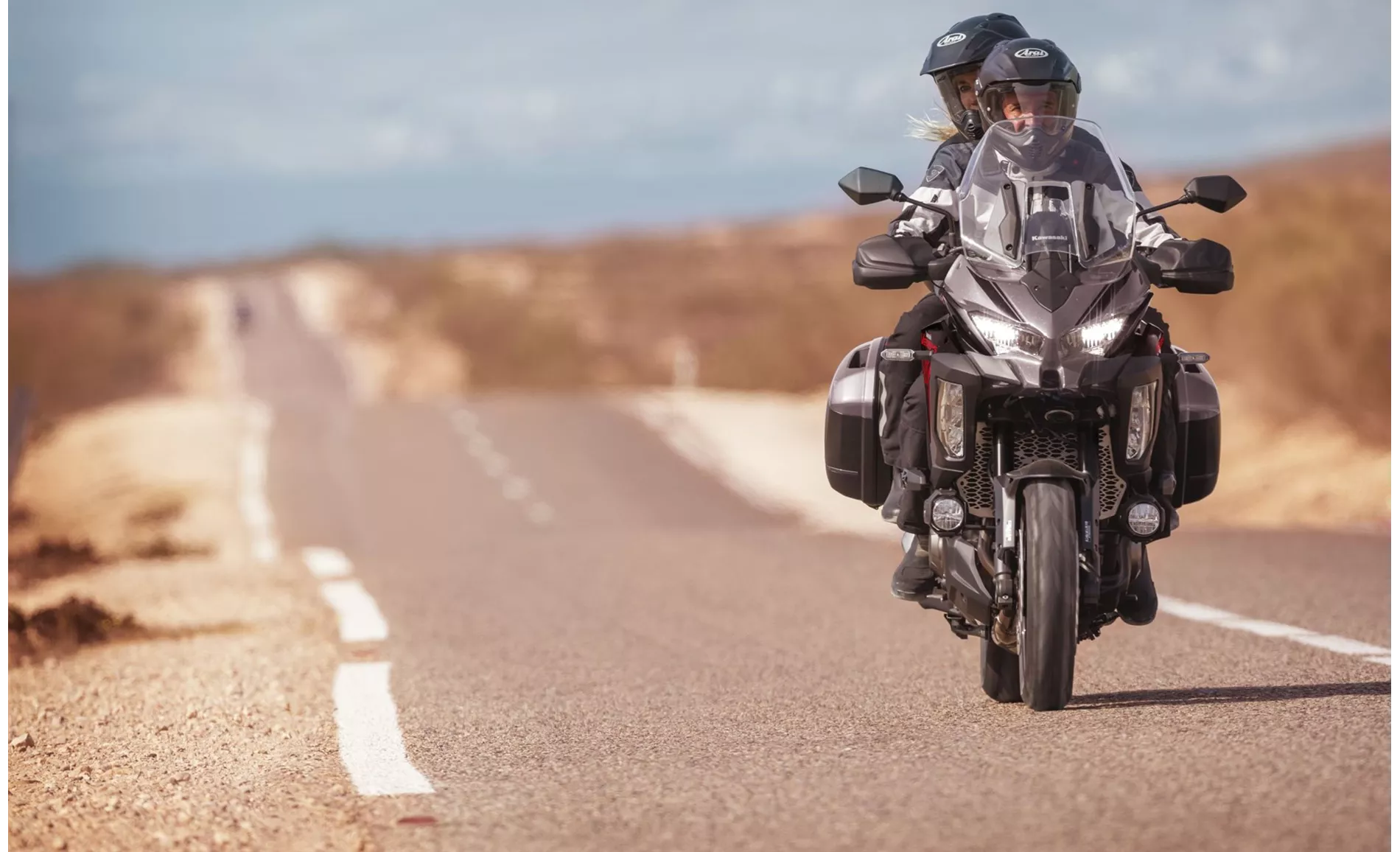
Kawasaki Versys 1000 S 2021
In terms of strengths, the BMW R 1200 GS 2015 is known for its powerful engine, low fuel consumption, comfortable seating position, and its ability to be used off-road. It also has a high reputation in the market. On the other hand, the Kawasaki Versys 1000 S 2021 offers a very comfortable seating position, a cultivated in-line four-cylinder engine, a full electronics package, an adjustable windshield, a well-controllable braking system, and a distinctive look.
In terms of weaknesses, the BMW R 1200 GS 2015 has a long and expensive surcharge side, and its Telelever front suspension may take some getting used to. The brakes on the BMW are also known to be very sharp. The Kawasaki Versys 1000 S 2021, on the other hand, has a windshield that is not adjustable with one hand.
In conclusion, both the BMW R 1200 GS 2015 and the Kawasaki Versys 1000 S 2021 offer their own unique features and strengths. The BMW is known for its powerful engine and off-road capabilities, while the Kawasaki offers a comfortable riding position and a full electronics package. Ultimately, the choice between these two motorcycles will depend on the rider's preferences and intended use.
Tehnične specifikacije BMW R 1200 GS 2015 v primerjavi z Kawasaki Versys 1000 S 2021
Primerjava prednosti in slabosti
Primerjava prednosti in slabosti
BMW R 1200 GS 2015

A GS is at home almost anywhere - but only to a limited extent on the racetrack. It's a pleasure to feel the power of the partially water-cooled boxer twin cylinder on the exit of the bend - 125 hp only seems much weaker on paper than 150 or even 160 hp on the competition. With 125 Newton metres of torque, the acceleration from the bottom is superb anyway and the GS, at 238 kilos ready to ride, does not carry too much flab despite its bulky appearance. In very tight corners, the low centre of gravity also has a positive effect - the BMW R 1200 GS is very hard to crack! Even the front telelever suspension, which suppresses the front wheel's tendency to sink in when braking, fits perfectly into the overall package on the GS and can only slightly detract from its sporty character.
Kawasaki Versys 1000 S 2021
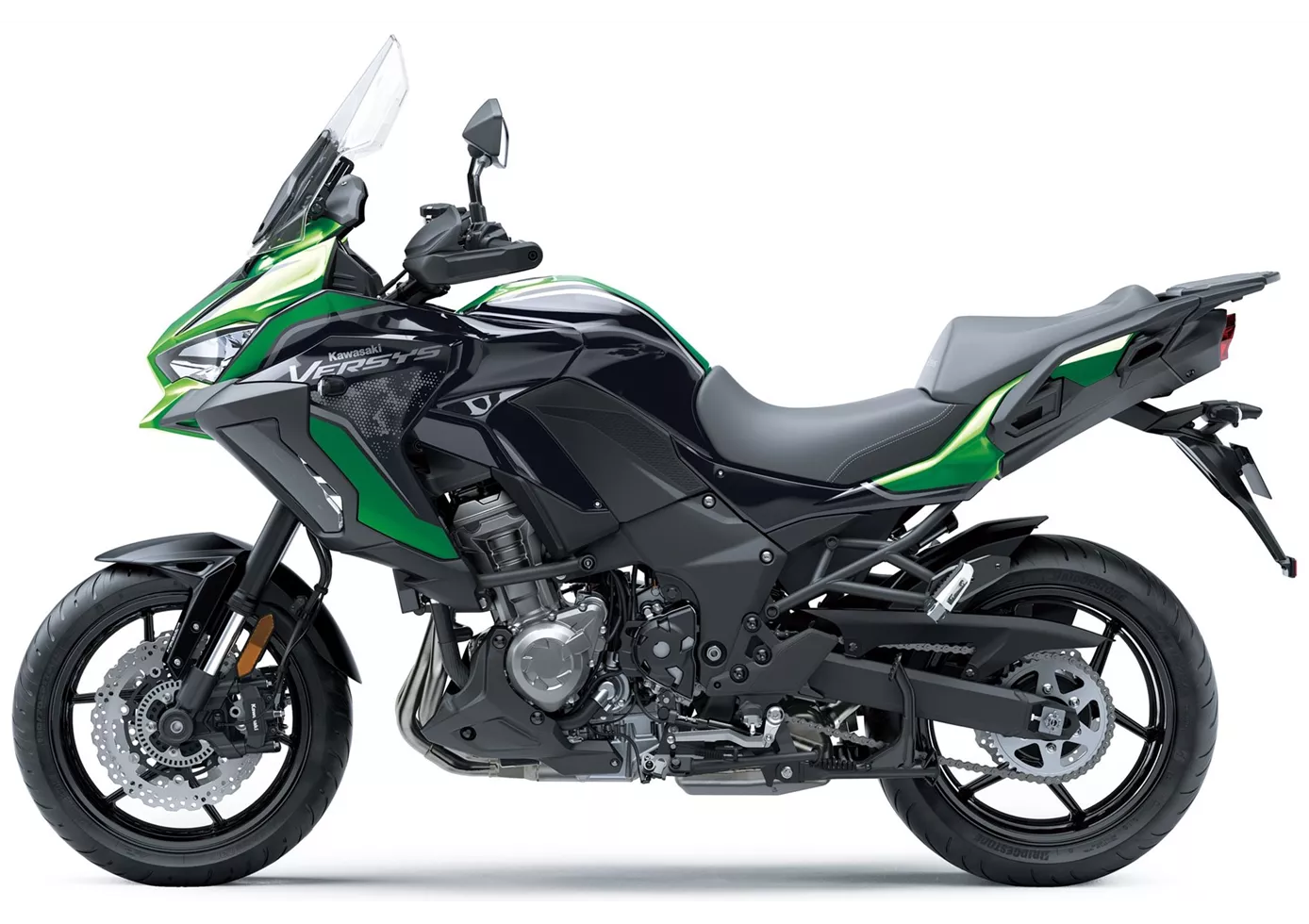
The supposedly less well-equipped Versys 1000 S merely dispenses with the electronically adjustable chassis of the SE - and thus offers almost the same performance as the top model. This means that the S also has all the comfort features on board that make a long journey not only bearable, but really enjoyable. You don't necessarily feel the few kilos less than the SE, but the S is also an ideal companion on long tours when comfort and uncomplicated handling are paramount.
Primerjava povprečnih tržnih cen BMW R 1200 GS vs Kawasaki Versys 1000 S
There are a few key differences between a BMW R 1200 GS 2015 and a Kawasaki Versys 1000 S 2021. In terms of price, the actual average price of a Kawasaki Versys 1000 S 2021 is about 5% higher. Compared to Kawasaki Versys 1000 S 2021 there are more BMW R 1200 GS 2015 bikes available on the 1000PS.de Marketplace, specifically 47 compared to 8. It takes less time to sell a BMW R 1200 GS with 66 days compared to 93 days for a Kawasaki Versys 1000 S. Since model year 2005 1000PS.de editors have written 98 reviews for the BMW R 1200 GS and 5 reviews for the Kawasaki Versys 1000 S since model year 2021. The first review for the BMW R 1200 GS was published on 1/20/2004 and now has more than 19,100 views. This compares to more than 49,600 views for the first review on Kawasaki Versys 1000 S published on 11/4/2020.

